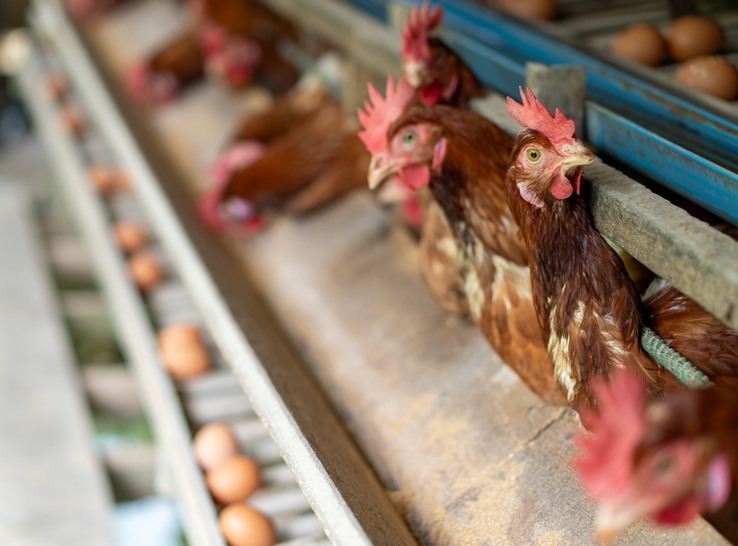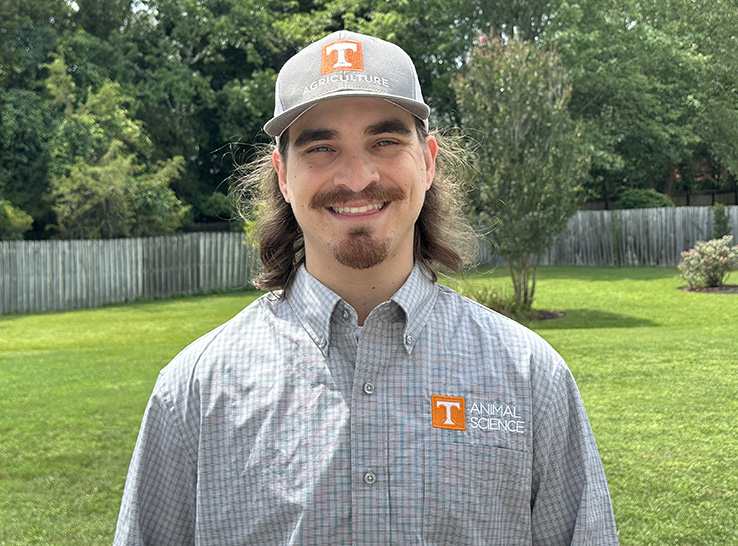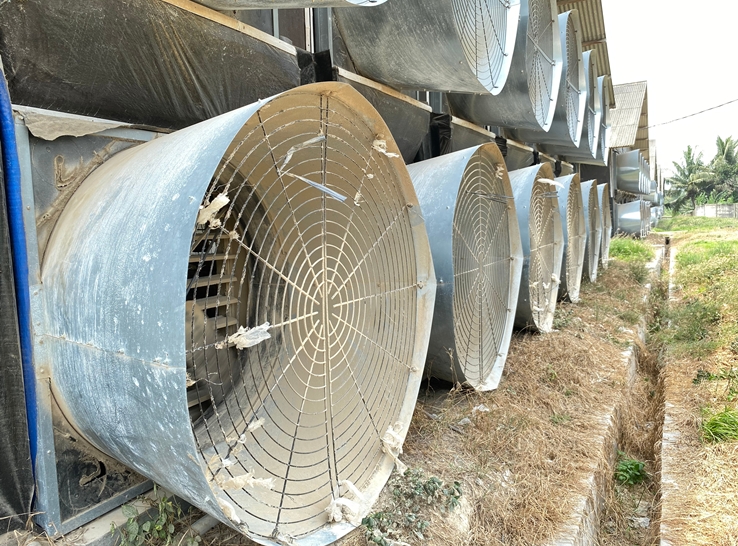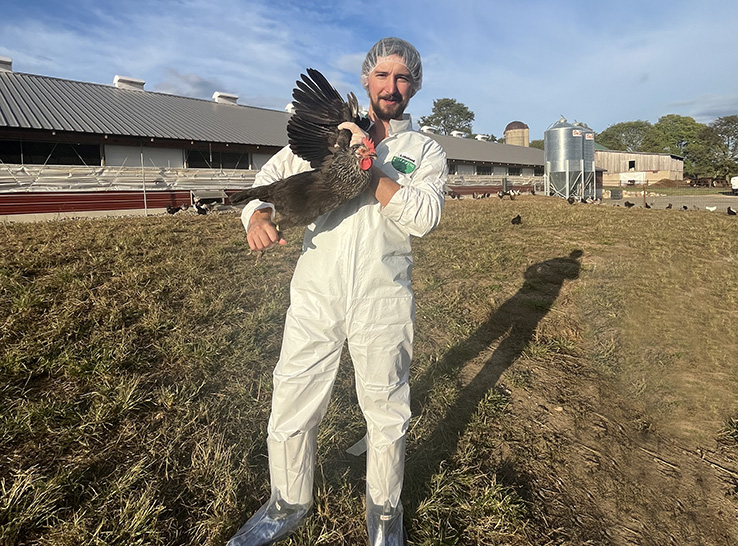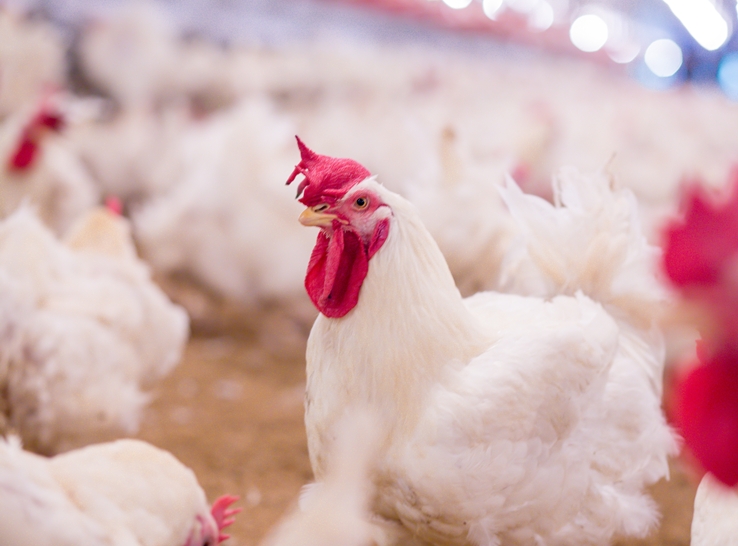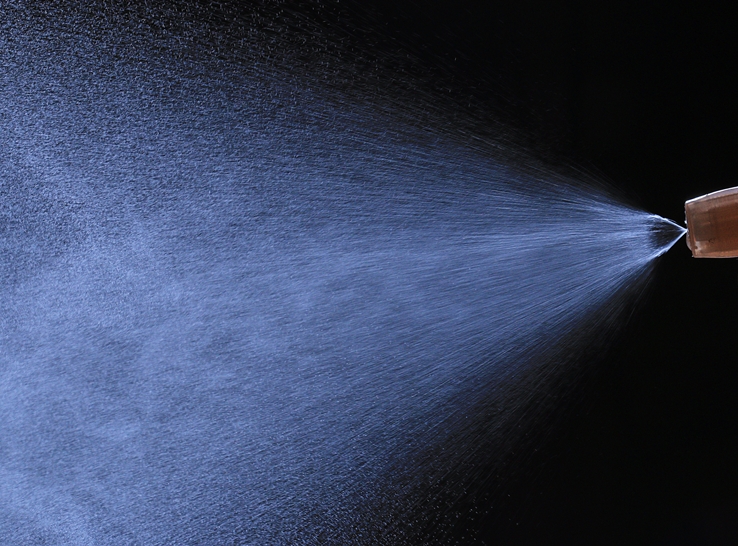
Electrolyzed water and other options to mitigate dust, bacteria in cage-free layer houses
Layer hens in cage-free housing systems have freedom of movement, but they also encounter high levels of dust and airborne bacteria. Feed, litter, manure and bodily shedding all contribute to dust within the rooms, which challenges the hens’ health and well-being. Could spraying acidic electrolyte water on the litter floor be a solution?



